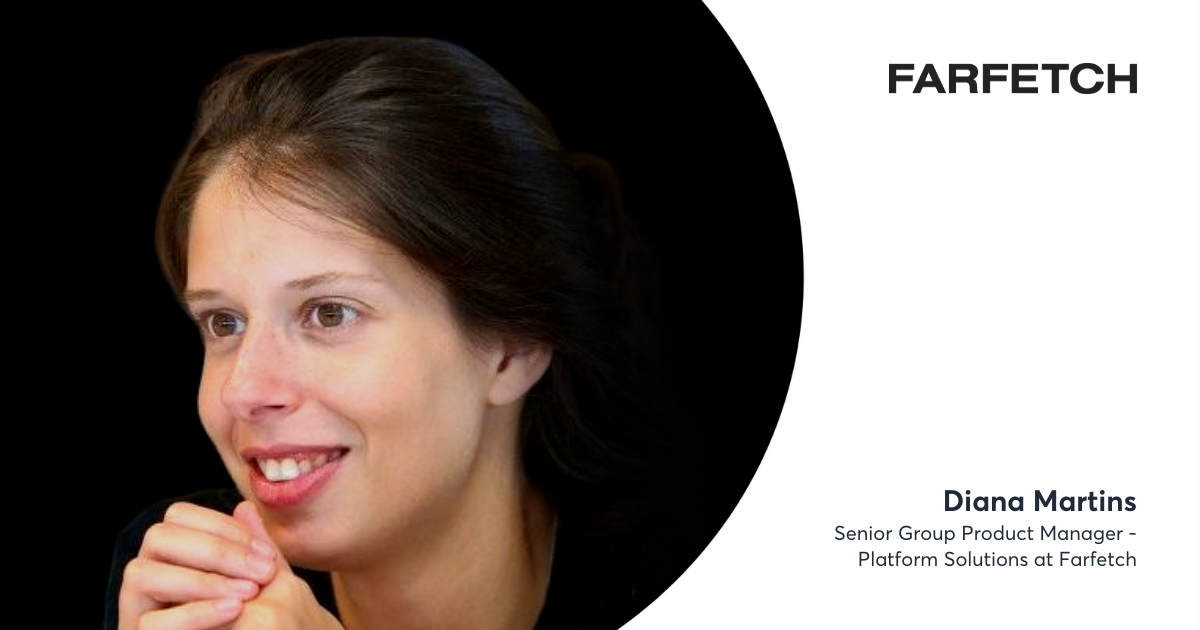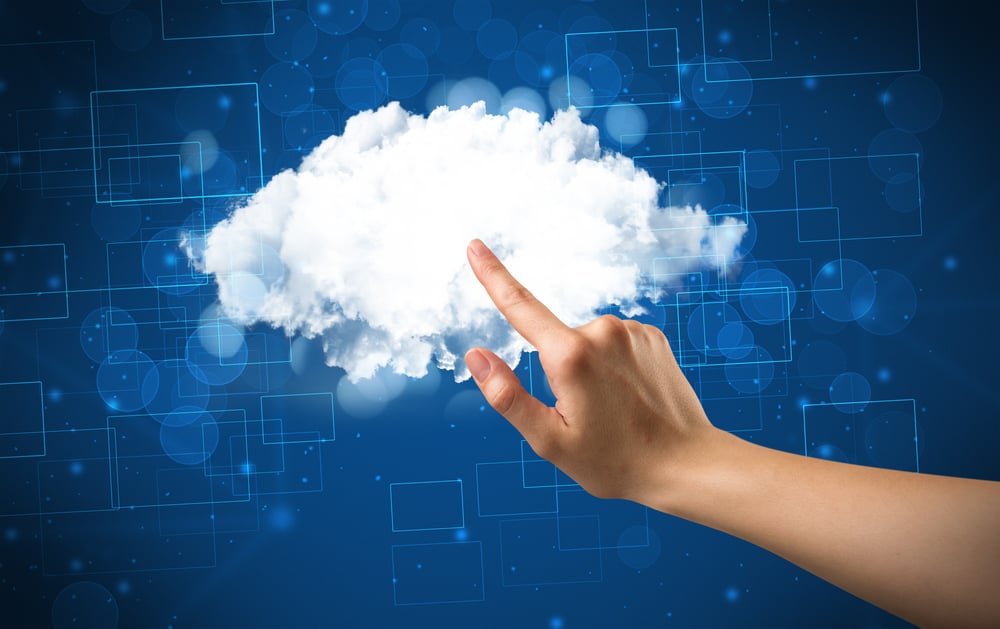We Can't Defeat Climate Change Without Saving Rainforests – An Interview

One thing they can do is pledge to become carbon-neutral going back to the day they were founded, as Microsoft has done. Another way is building platforms to match people who are trying to reduce their emissions with countries trying to save their rainforests.
An interview with Kevin Conrad, executive director of the Coalition for Rainforest Nations.
Kevin Conrad was one of the guests at Netguru’s Disruption Forum Sustainability (17th September 2020) where he told us why rainforests are crucial to limiting the effects of climate change and how his efforts help both save rainforests and support sustainable livelihoods in developing countries.
Kevin Conrad's story is a modern-day version of David versus Goliath. He took a simple idea of making trees worth more alive than dead to stop deforestation. He spent over a decade taking on the world's governments, most famously the US government in 2004, and persuading countries to adopt his market-based mechanism for saving the rainforests, Reducing Emissions from Deforestation and Forest Degradation, or REDD+.
He serves as Special Envoy and Ambassador for Environment & Climate Change for Papua New Guinea. Time magazine called Conrad a “Hero of the Environment” and The UN Environment Programme named him a “Champion of the Earth” for Policy Leadership.
Now Kevin and his organization, Coalition for Rainforest Nations, are training countries to measure the carbon value of their forests and creating a commercial market for trading the carbon credits that they produce.
Kevin was one of the guests at Netguru’s Disruption Forum Sustainability, where he told us why rainforests are crucial to limiting the effects of climate change and how his efforts help both save rainforests and support sustainable livelihoods in developing countries.
Karolina Długosz, Netguru’s Sustainability Lead: You’ve had a special relationship with rainforests from a very young age – can you tell us about it?
I grew up in Papua New Guinea, deep in the rainforest. My father is a linguist; he was interested in preserving languages. We had a one-room school and the teacher got bored of dealing with ruffians like me so he would excuse us very early in the day and I’d spend the rest of the day in the rain forest fishing, hunting. I grew up with a visceral connection to the rainforest.
I then got allegedly “educated” and “civilized,” getting a graduate degree at Columbia Business School and London Business School, and I started thinking about what I could do to help the communities back home. They struggle with poverty, yet they're rich in biodiversity. They're rich if you measure the value of services their forests provide for the world, pulling carbon out of the atmosphere.
I wanted to find a way for these communities to make a living from their forests without having to cut them down.
The idea was to involve their rainforest in slowing down climate change and have people be paid for their services.
Why are rainforests so important to tackle the climate emergency?
We can't defeat climate change without saving rainforests.
When you cut down a rainforest and it degrades, the carbon that the trees have pulled out of the air through photosynthesis goes back into the atmosphere. If you leave a tree standing, it pulls carbon out by virtue of growing.
Thus, deforestation hurts the environment twice: You're destroying a natural process that removes carbon and you're putting that carbon back into the atmosphere.
The goal of the Paris Agreement is to limit the increase in global temperatures to 1.5° C.
To be able to do that, we only have 10 years left to do something serious. Scientists have been saying this for decades and we've been listening but not doing things on the required scale. The fires that we had seen in Australia and California - that's what the future will look like.
Tell us about your initiative, Reducing Emissions from Deforestation and Forest Degradation, or REDD+. How does it work?
The UN REDD+ system verifies all the work that developing countries do, how they slow their rates of deforestation, and estimates how much carbon has been saved and issues credits to these countries.
How do we actually get developing countries to do their part? We have to build trust between rich countries and poor countries. The way to build trust is through transparent systems. We use satellite imagery and ground-truthing and countries have to report on all of their forests.
Where are these credits traded?
Anyone who wants to become carbon neutral, be it an individual or a company or a city - can buy credits from developing countries through our website. These are the only credits available under the Paris Agreement. You can go back in time and offset all the carbon that you have emitted from the beginning of your life.
You can use any major currency to purchase credits, and they are not very expensive. For an average American, who emits about 25 tons of carbon per year, it will cost around $300 to become carbon neutral for a year, with this money going to communities working to save their rainforest. It’s a win-win.
What do countries need to do to make the rainforest eligible for the carbon credit scheme?
It's not easy. They have to provide a national greenhouse gas inventory: They have to assess every tree in their entire country and estimate the carbon in it and send a report to the UN, which then verifies that information.
They then have to create a reference level - they have to go back in time to assess all of the deforestation that they've been doing from a given point in time, based on where they have data, and create a trend line – for example, “our deforestation is going up five percent.” They then have to continually report every two years and if they can show that they are making progress, they get credits.
What is the scale of the initiative - how many countries do you represent?
When we first started, about 1.5% of the world's rainforests were in a national program to try to slow rates of deforestation. That was primarily Costa Rica - they were ahead of the rest of the world.
It took us 15 years and we had to go through the UN’s system to make it work, but now over 90% of the world's rainforests and forests in developing countries are in a similar national mechanism to reduce rates of deforestation.
So we went from 1% to over 90% and that's why we have a huge opportunity to slow the rates of deforestation.
How can tech companies make a difference for rainforests?
One thing they can do is pledge to become carbon neutral going back to the day they were founded, as Microsoft has done. They are going through their records to calculate how much electricity they bought, how many flights they took, how much their employees drove – that’s called carbon footprinting. They are buying credits to offset their existing carbon footprint while reducing their future emissions by investing in renewable energy. Since they can’t completely eliminate their emissions, they are buying credits to support developing countries doing the same work.
Another way to help is through the technology itself, for example, analyzing satellite imagery. Satellites are flying over us every 17 minutes so there's a lot of satellite imagery available, but using that data and analyzing it in a practical way for a community in the rainforest is a challenge and technology can help. Another way is building platforms to match people who are trying to reduce their emissions with countries trying to save their rainforest.
Payment systems is another one - how to transfer money from people offsetting their carbon footprint to a community that is working to save their rainforest at a very low cost so the money actually goes to the community and not the service providers.
Those are just some of the examples where technology can actually make a huge difference.
What is the best way for people to support your work?
You can support us in two simple ways.
We have a non-profit that works with countries to help them meet all the UN requirements - how to measure the forest, etc. You can support that work tax-free by donating.
And then you can buy credits, with that money going directly to the communities which are saving the rainforest. It supports sustainable livelihoods so people don’t have to cut down their trees and sell the wood to make a living.
Do you feel optimistic that we can defeat climate change?
Yes. We can do this. We know what to do, we know how to do it.
Rainforests are just the first step. We've shown how to do it with the rainforest, now we’ve got to do it in every other sector and what we need is everyone working together.
Have hope, have faith - we can defeat this.
For more information on sustainable growth, check out Disruption Forum Sustainability. You can get on-demand access to all sessions by signing up here.








